April 22, 2018
Martha O'Kennon
April 21, 2018. Still a good bit warmer. It was probably about 60F here this morning but the afternoon dropped a bit. No complaints! The crocuses have just about gone by but yesterday there were still groups of 2 or 3. A blue hyacinth is gaining courage to start blooming, and the scylla (squills) are doing well now. They won't last long but what a color!
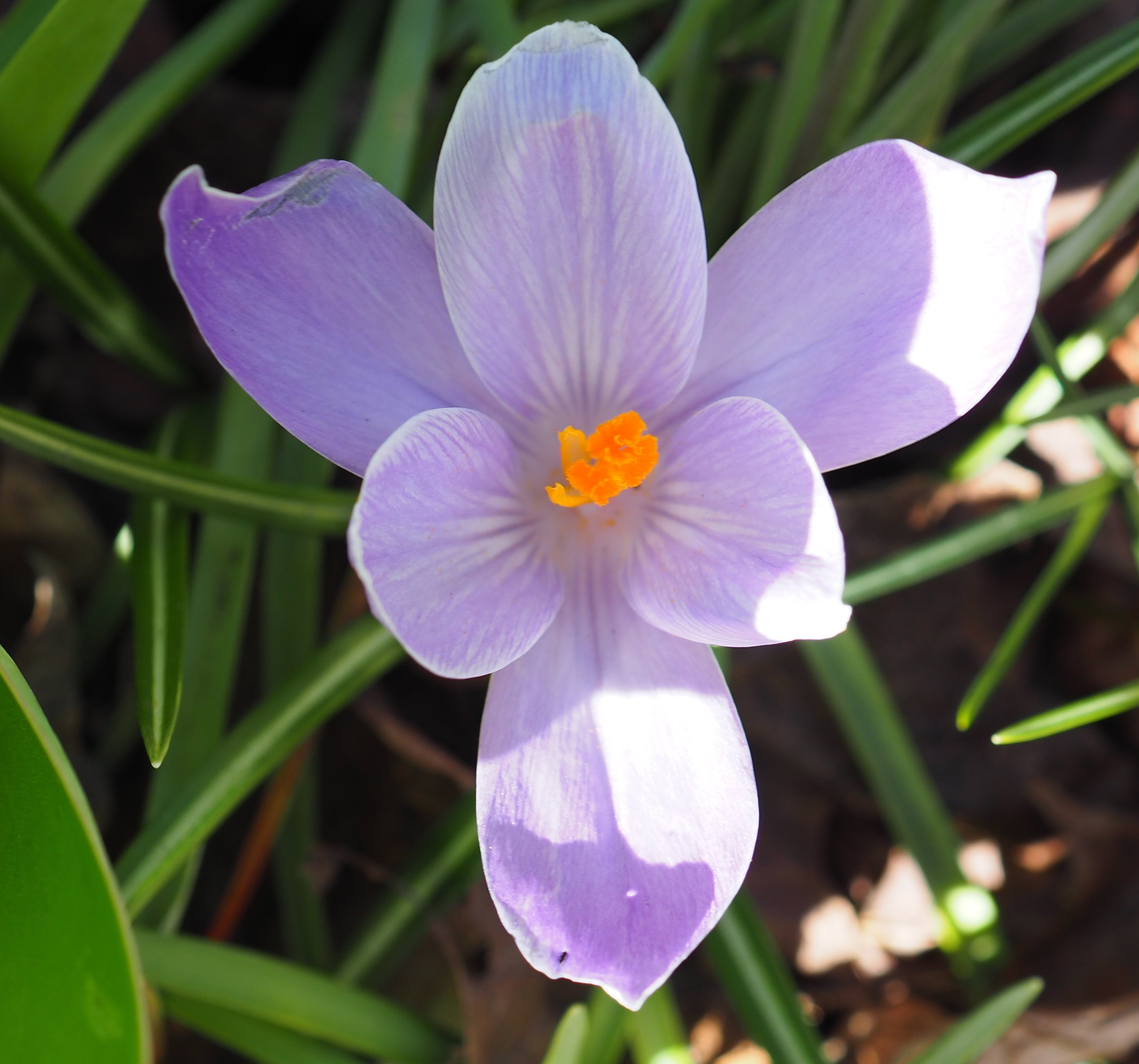
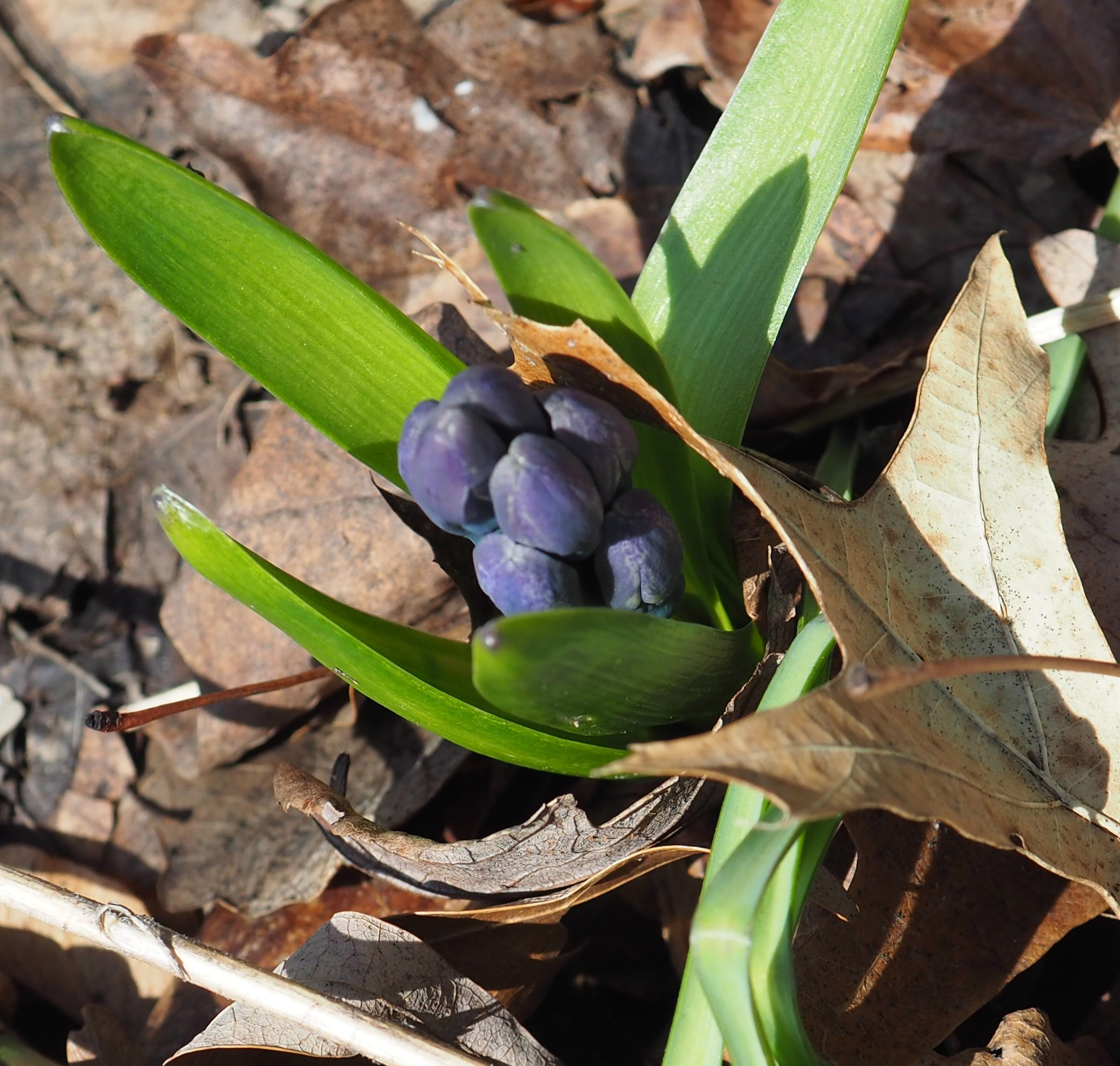

Remember that there is information in the name of the file for each image. You can see it by mousing over the image - look at the lower left of the screen. Or you can click on the image to get to the (usually) larger image. Then the info is displayed in the address line above. Sometimes the second click will actually display a different view of the original image.
A couple of days ago, I found a veil of grasses hanging from one corner of the front porch. Some bird had succeeded in not only getting its nest made on one of the very narrow ledges in the SW corner of the porch, but also in completing the most compact circular nest I've ever seen anyone make on this very unaccommodating porch. A friend on iNaturalist.org thought the weavers might be phoebes. Today I finally saw a bunch of smallish birds, mostly greys and white with a white flash under the tail. I would have said they were juncos but they were much more delicate in build. Tomorrow I will persevere and try to get a shot of one of them. There had been a good-sized group of them flittering in the branches of the Euonymus tree in front of the part of the porch that houses the nest. But when I went up the porch as quietly as I could (imagine!) the bird in the nest (she didn't even fly off when I came past.) seemed larger than what I thought a phoebe should look like. In fact to my eye it seemed to be a robin. Of course I only got the top of her head and her tail. The two pictures of the bird use the light very strangely - one seems to be grey and whitish and the other seems to be robin-colored. Flash! My friend on iNaturalist.org says this is a robin. To me it seems the robin may have constructed its nest on top of the airy grasses one. Could the little birds out front have been protesting the Robin's occupancy?
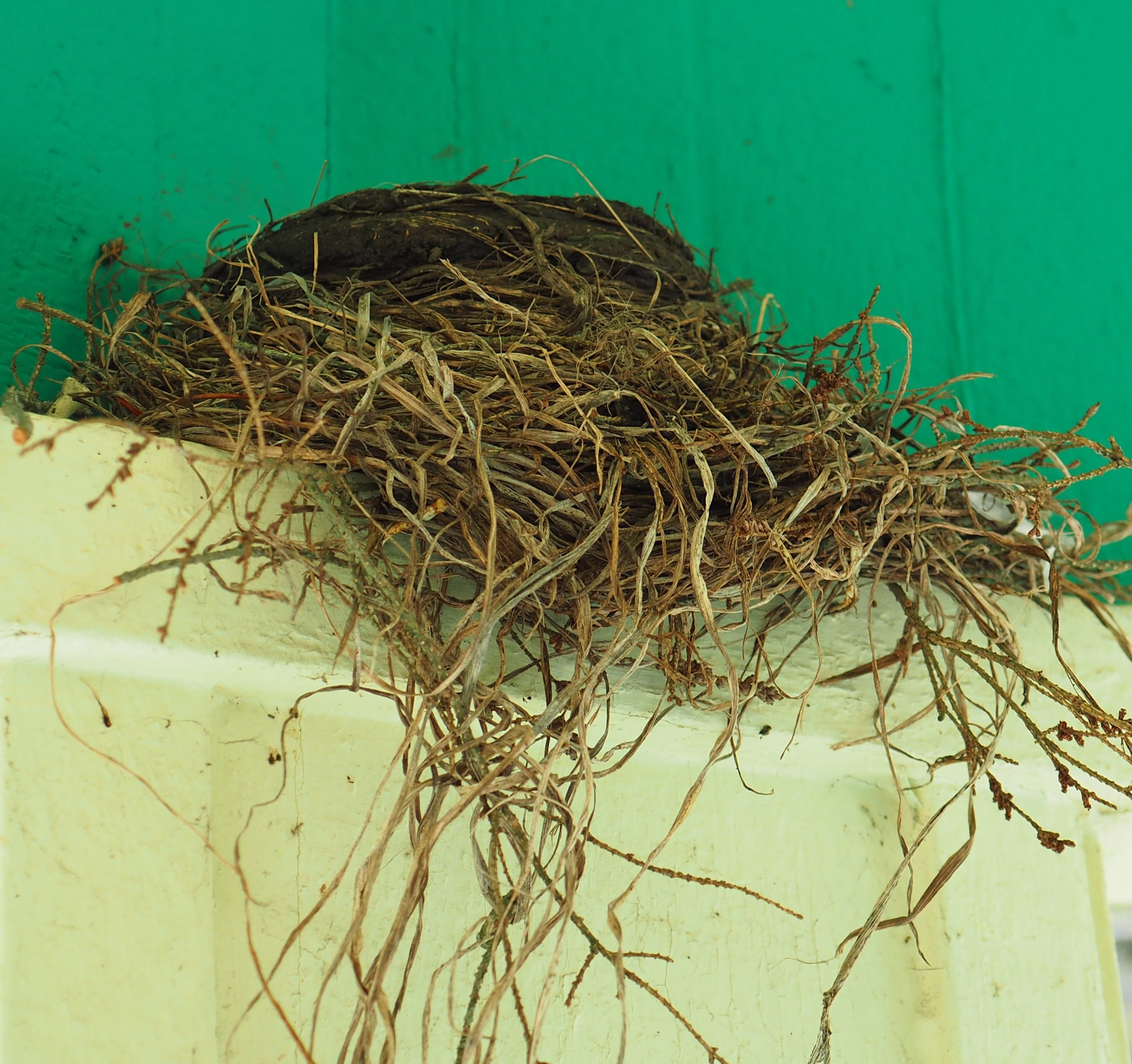
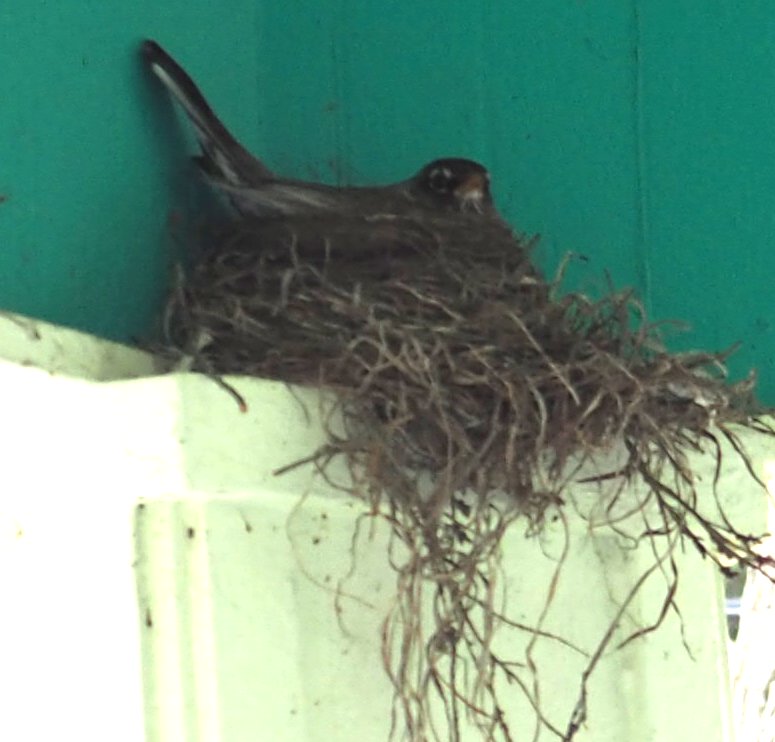
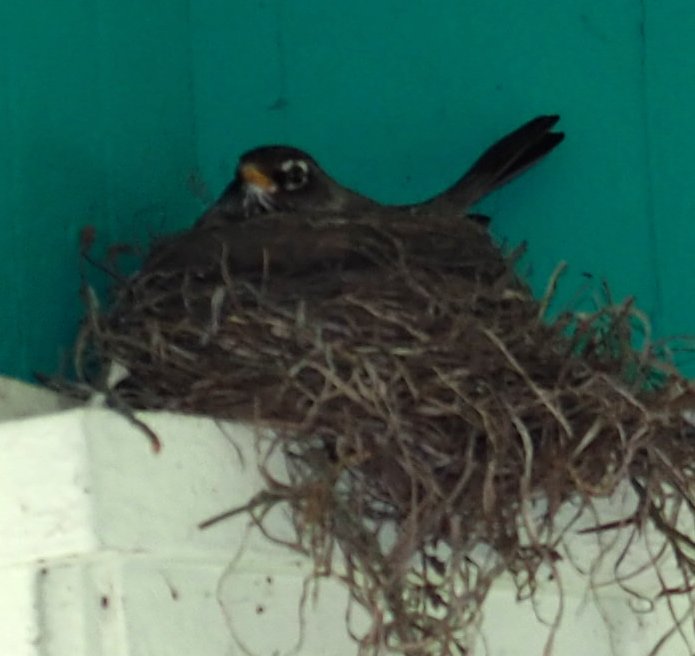
This little ant with the big belly is a Small Honey Ant, Prenolepsis imparis. It seems to be a variation on the big False Honey Ant that we saw last year mating with the tiny male of its species (# 3 below). I believe both are called Prenolepsis imparis.

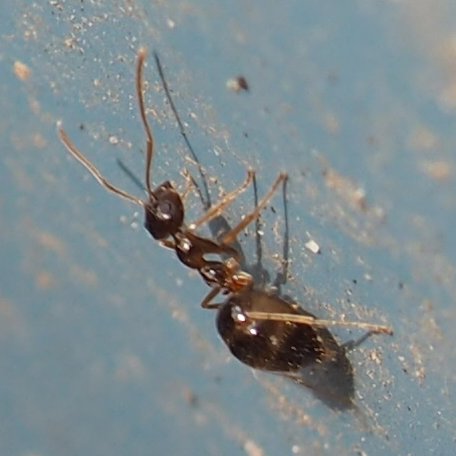
 and two tiny males 4 10 17 3.jpg)
This little shiny fellow seems to be some kind of bee, probably related to the cuckoo bees. Image 2 is its side view. Look at the strangely refracted light coming from it. This is a pupal shell which used to harbor a Lady Beetle of some species. And that seems to be all the bees and beetles for the week.
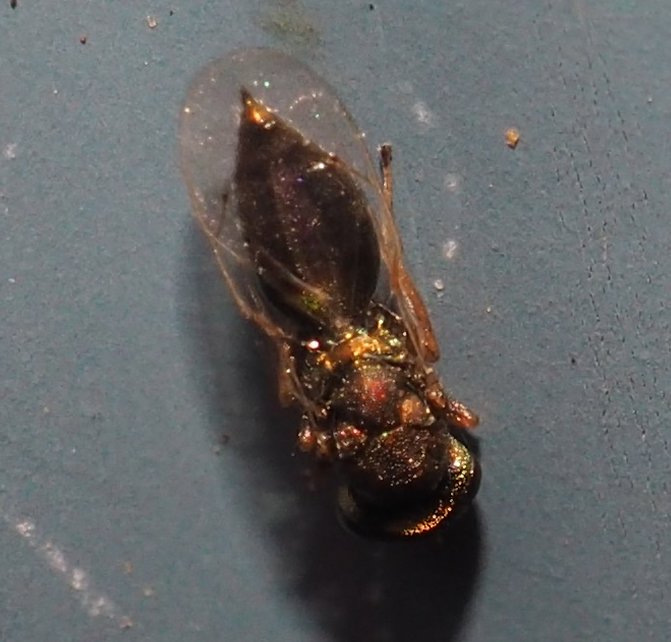
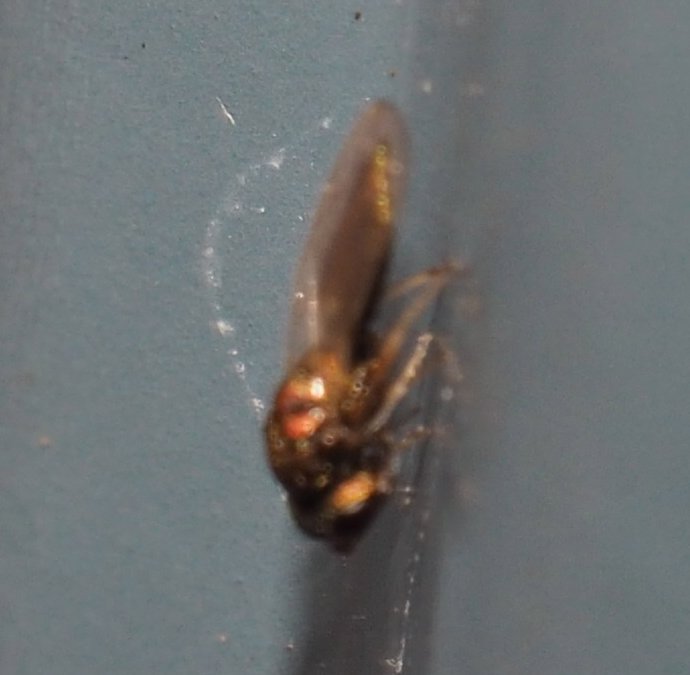

I believe this next bug is a rotten picture of the birch catkin seed bug (from last week - shown in the second image). Of course, our old fiend the boxelder bug is back and happy to be back, no matter what we think of it.
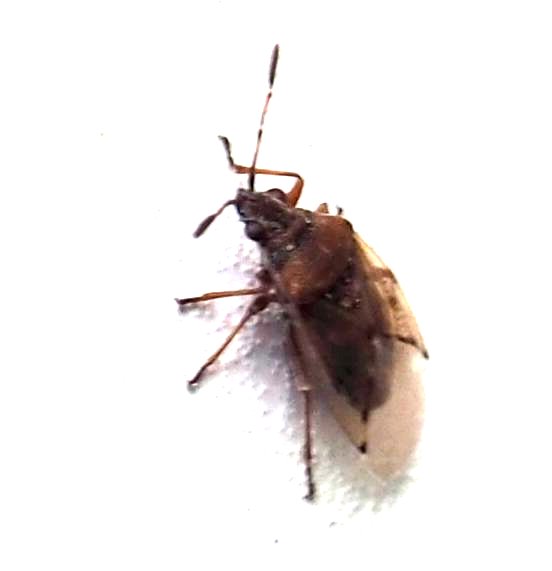
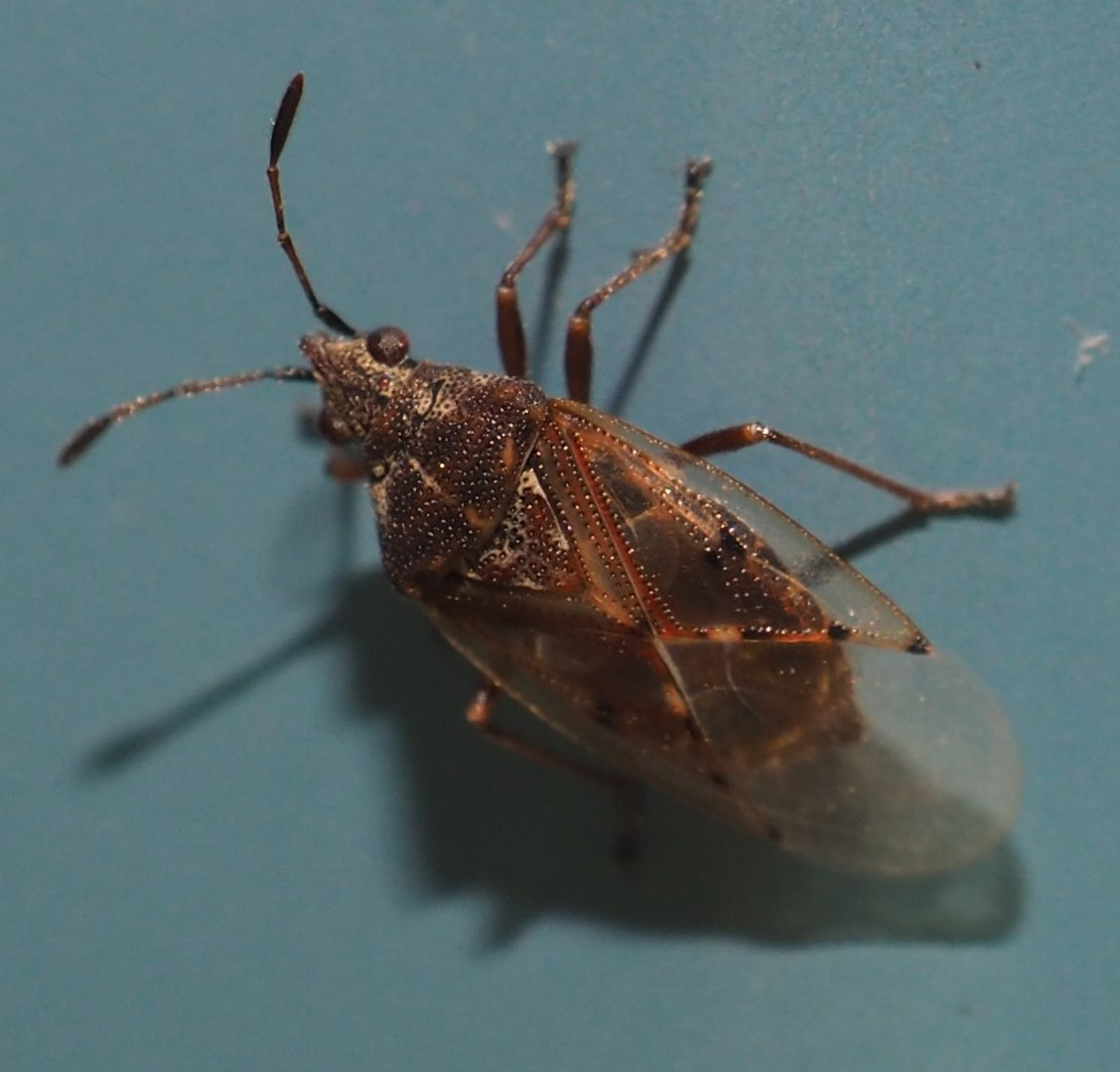
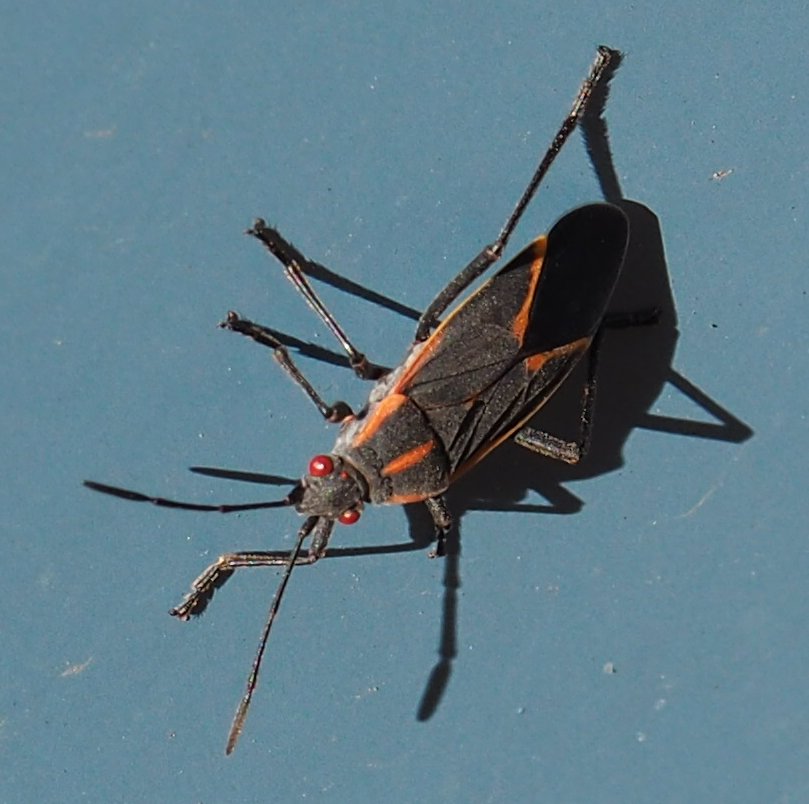
Today was a big day - I saw TWO kinds of leafhoppers. This is a new one for me. The second and third images seem to be "Dotted" Eratoneura.
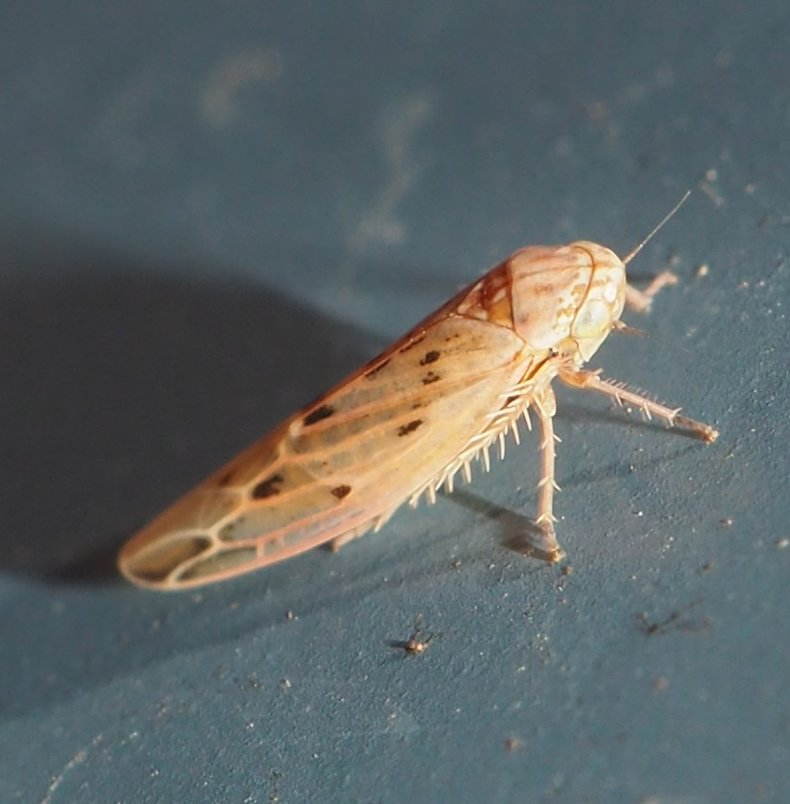
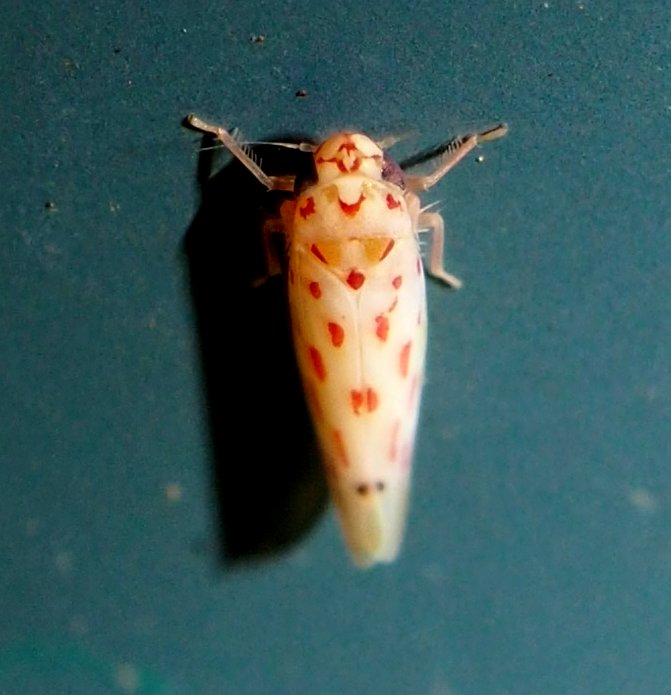
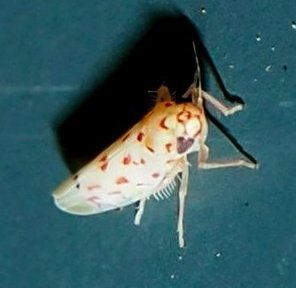
This caterpillar may or may not be a new one, but it was new this day. Oh dear! These two crocus blossoms are practically screaming for us to notice them. This last one looked to me like a dried apricot. Not a bug though.
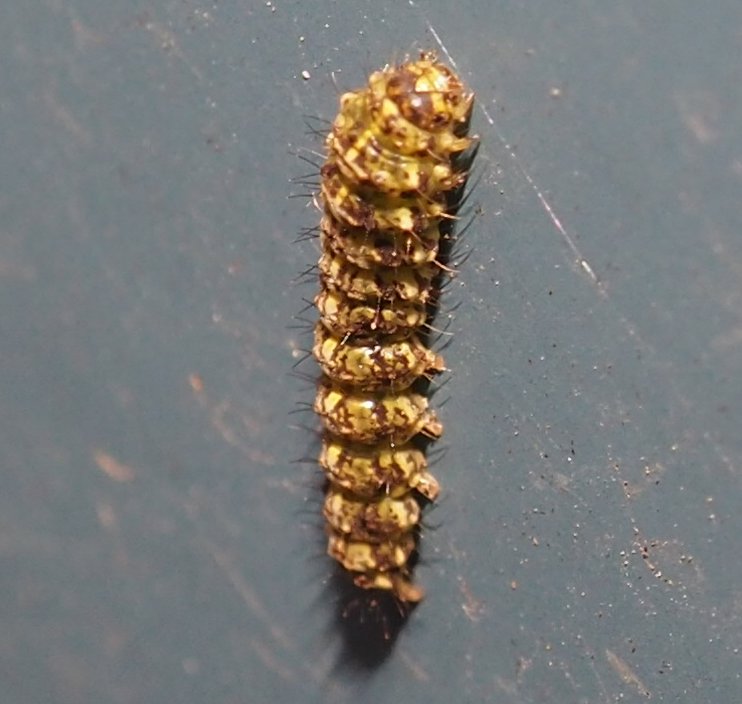
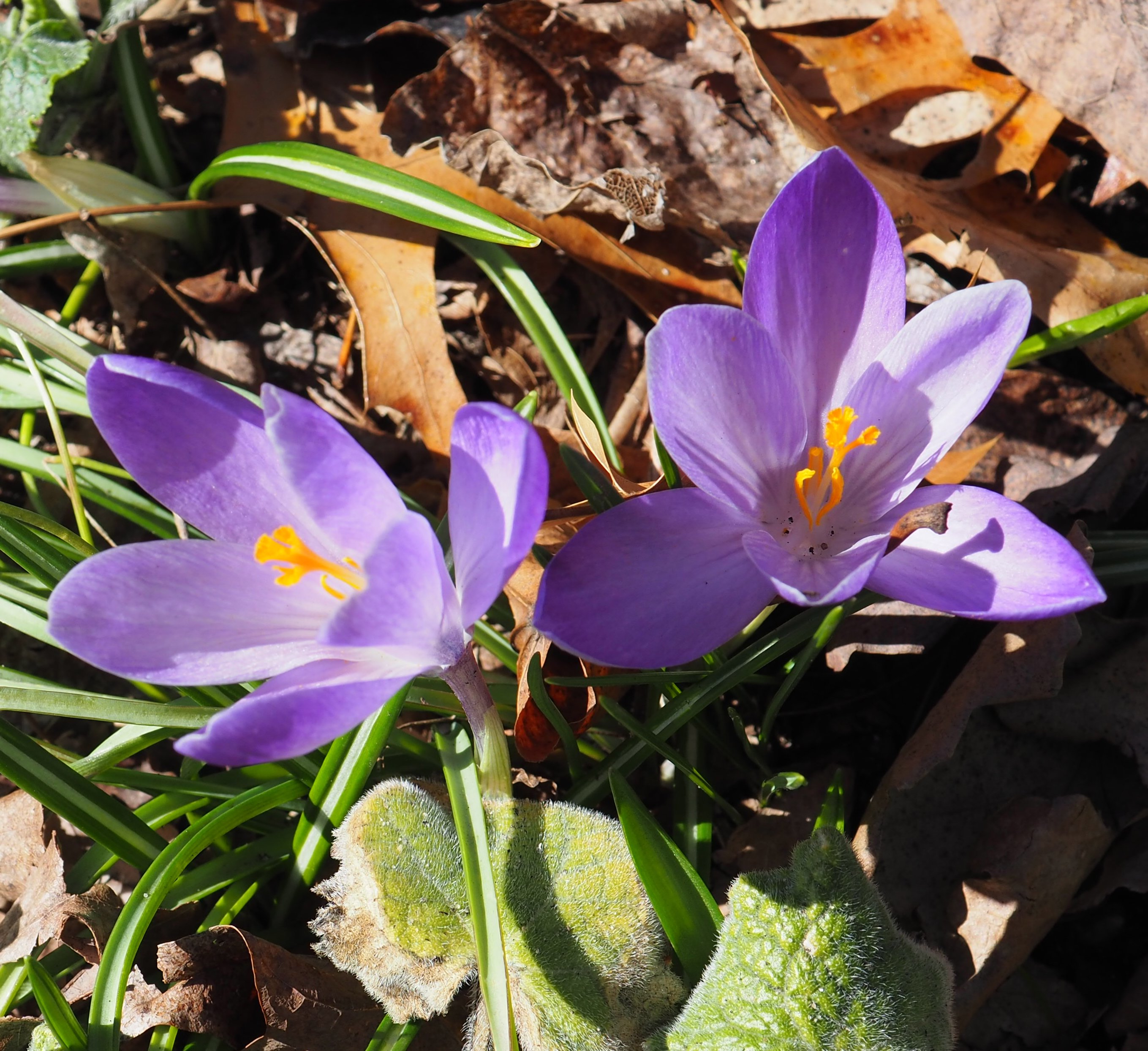
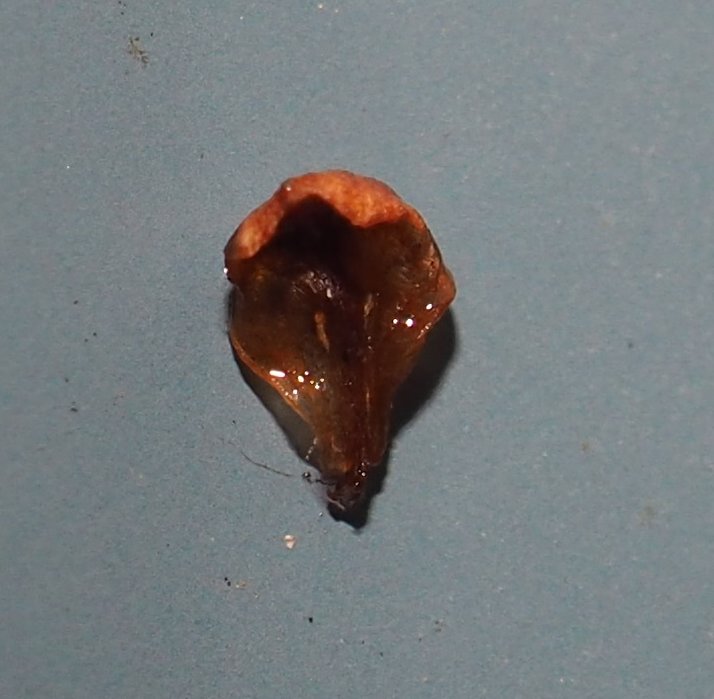
The fungus gnats are unstoppable! Here are some pictures, not all the same individual, so you can see some of the wild beauty of what we used to swat crazily. Or was that another kind of gnat, the ones that swarmed about our heads like halos?
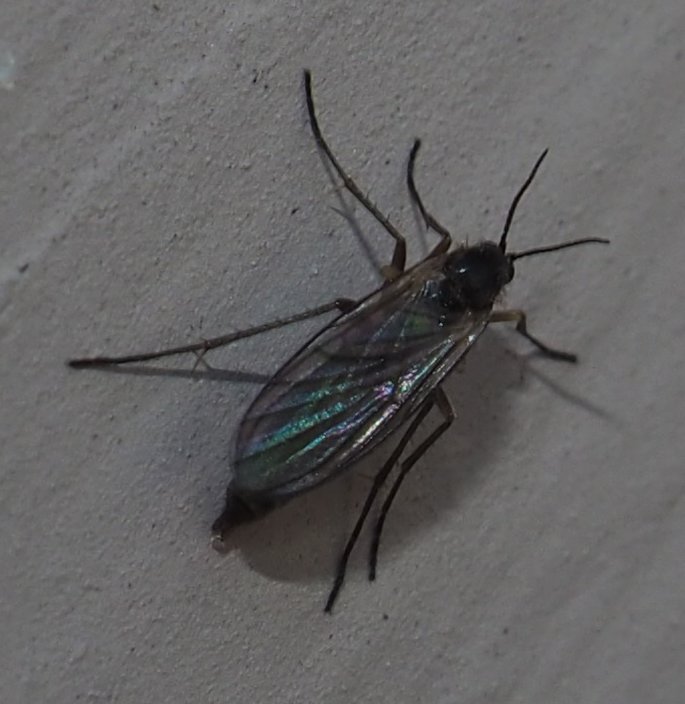
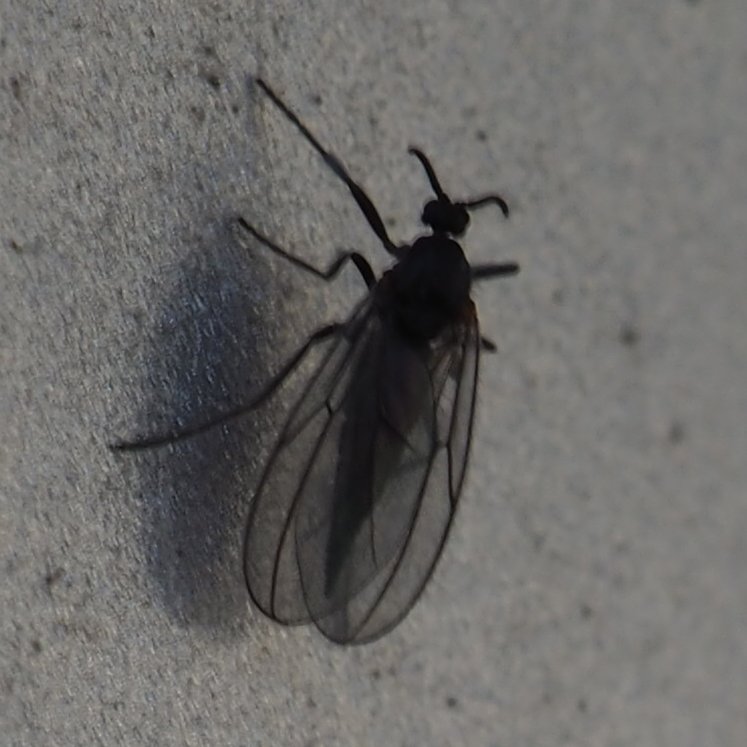
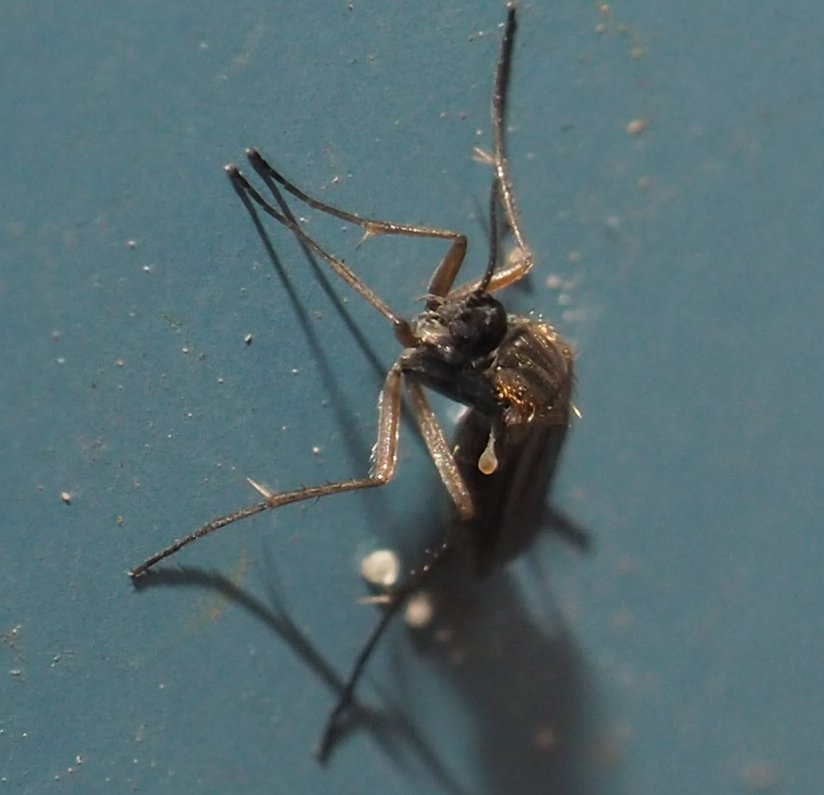 More fungus gnats.
More fungus gnats.
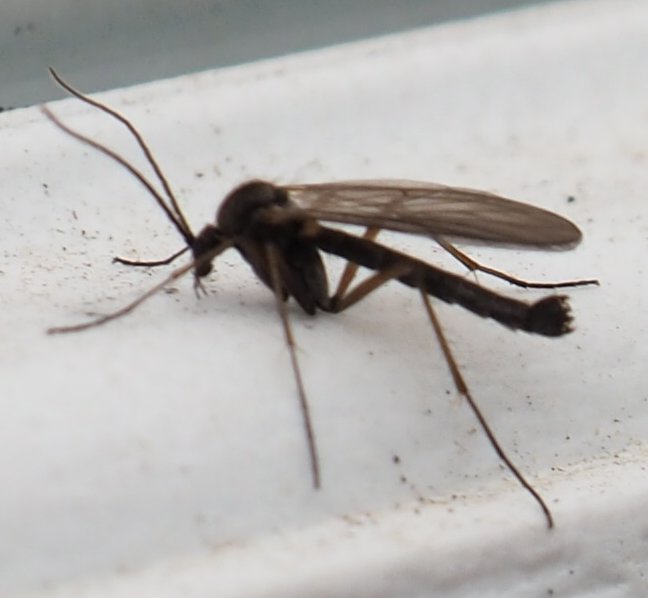
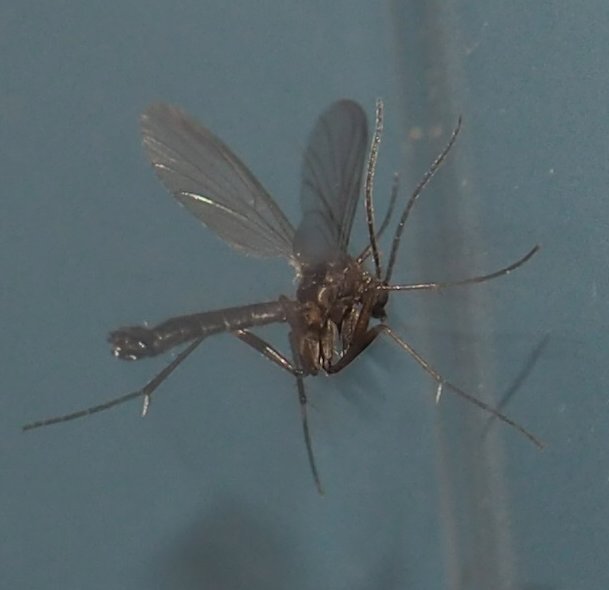
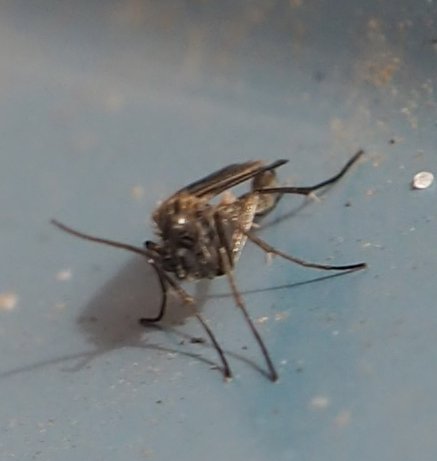
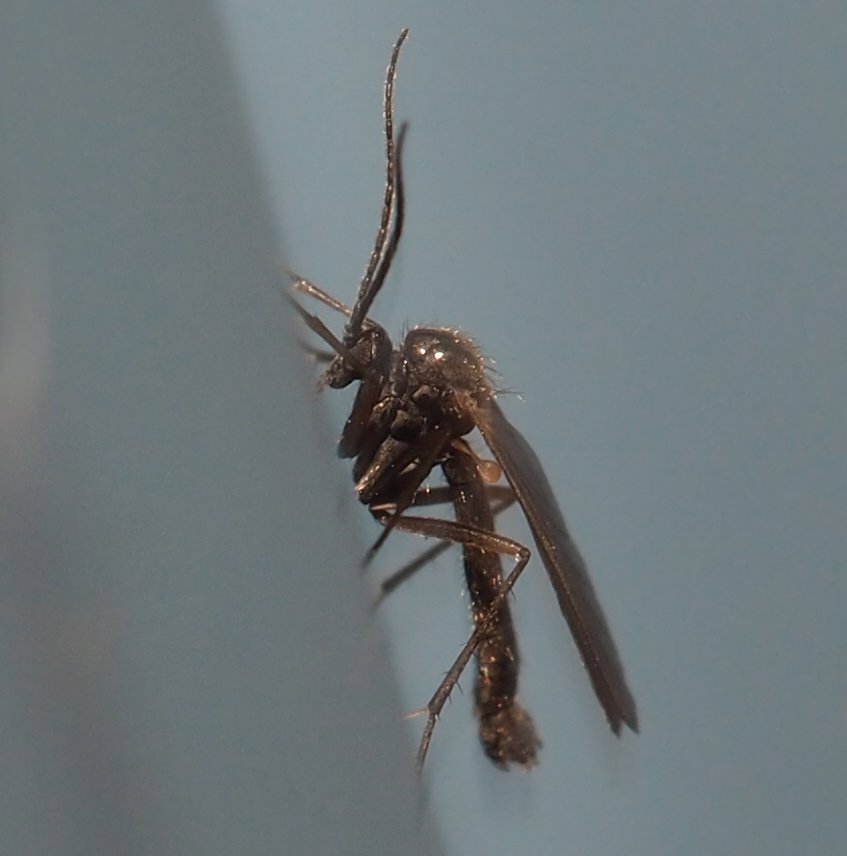
More flies, this time the midges. Boy, do they know how to surprise you! First off, a white-winged midge (male of course). Next, a Chironomid midge with the long cylindrical abdomen. The third one is an old old friend, one of the first midges to show up in the spring. You can tell it apart from the other white-winged one by looking at their thoraces (plural of thorax). #1 has a grey-toned thorax, #3 a black thorax (and rest of body too!). Finally, a female!

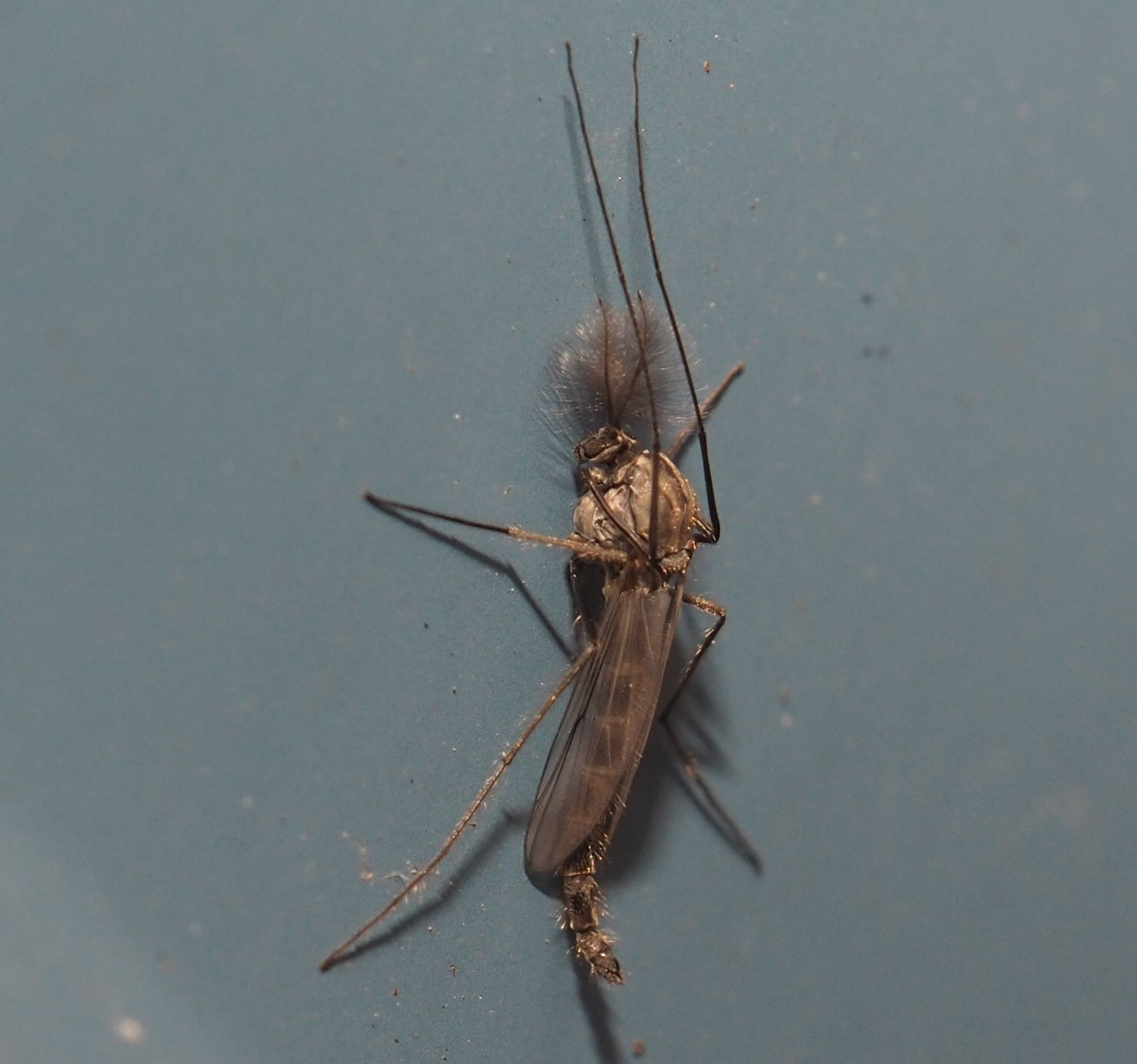
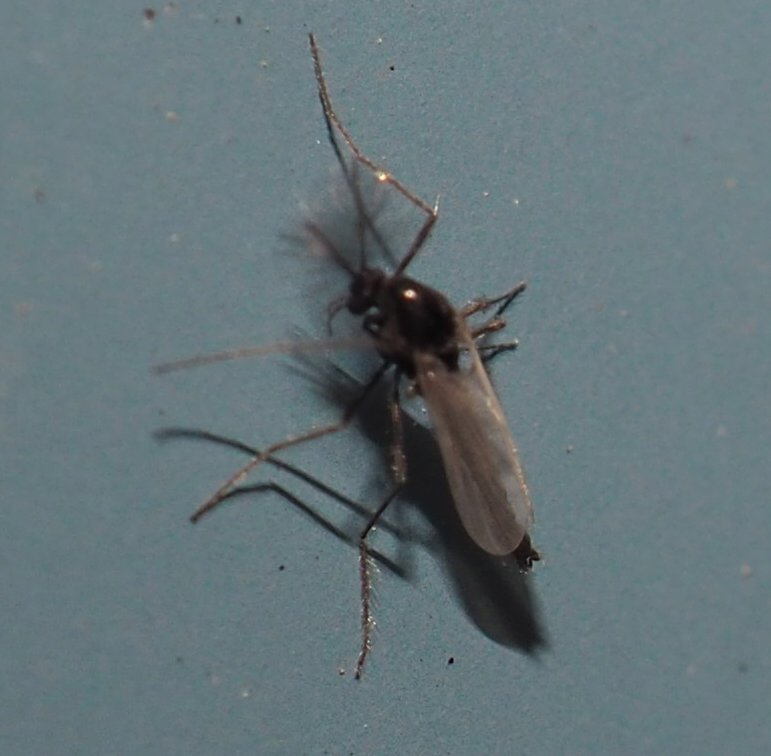
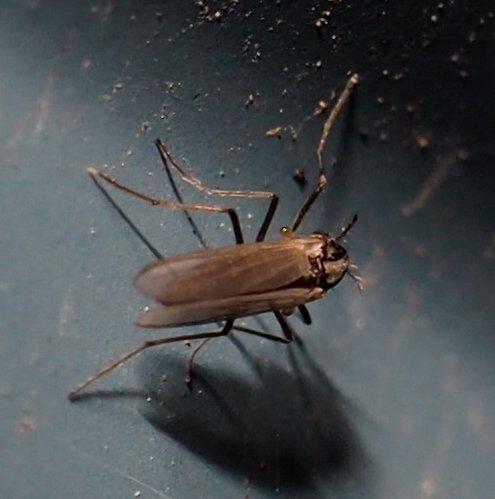
More flies. Many variations on a theme.
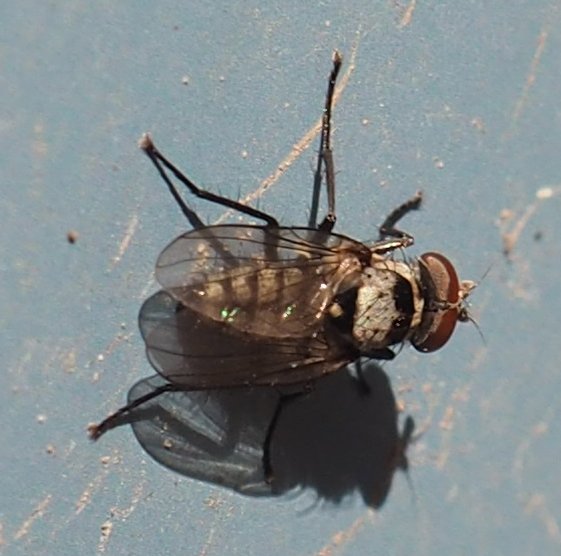
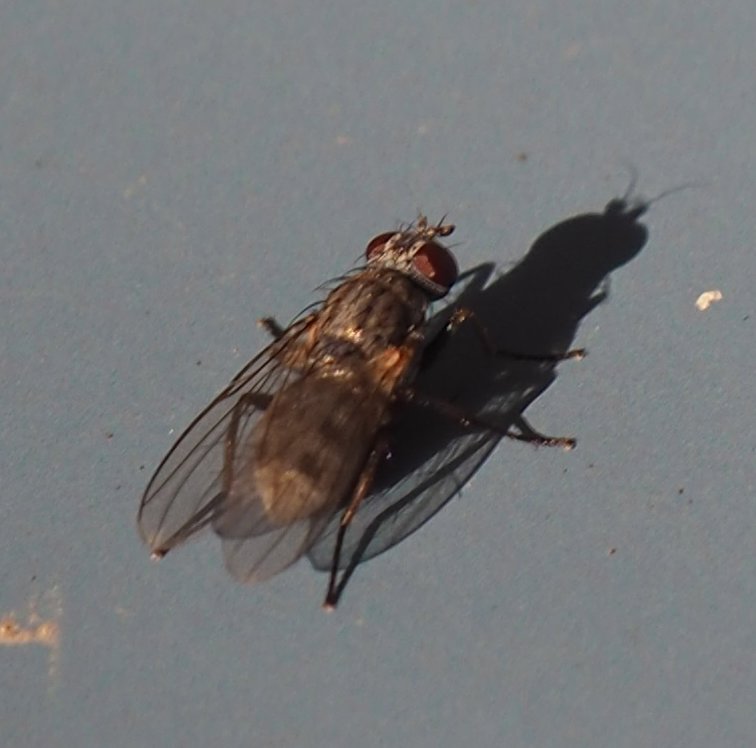

Some more flies!
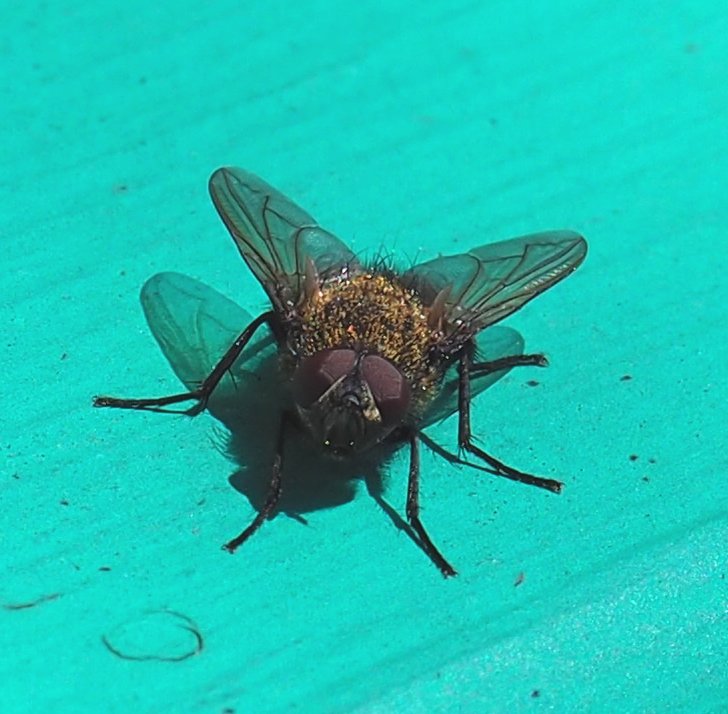
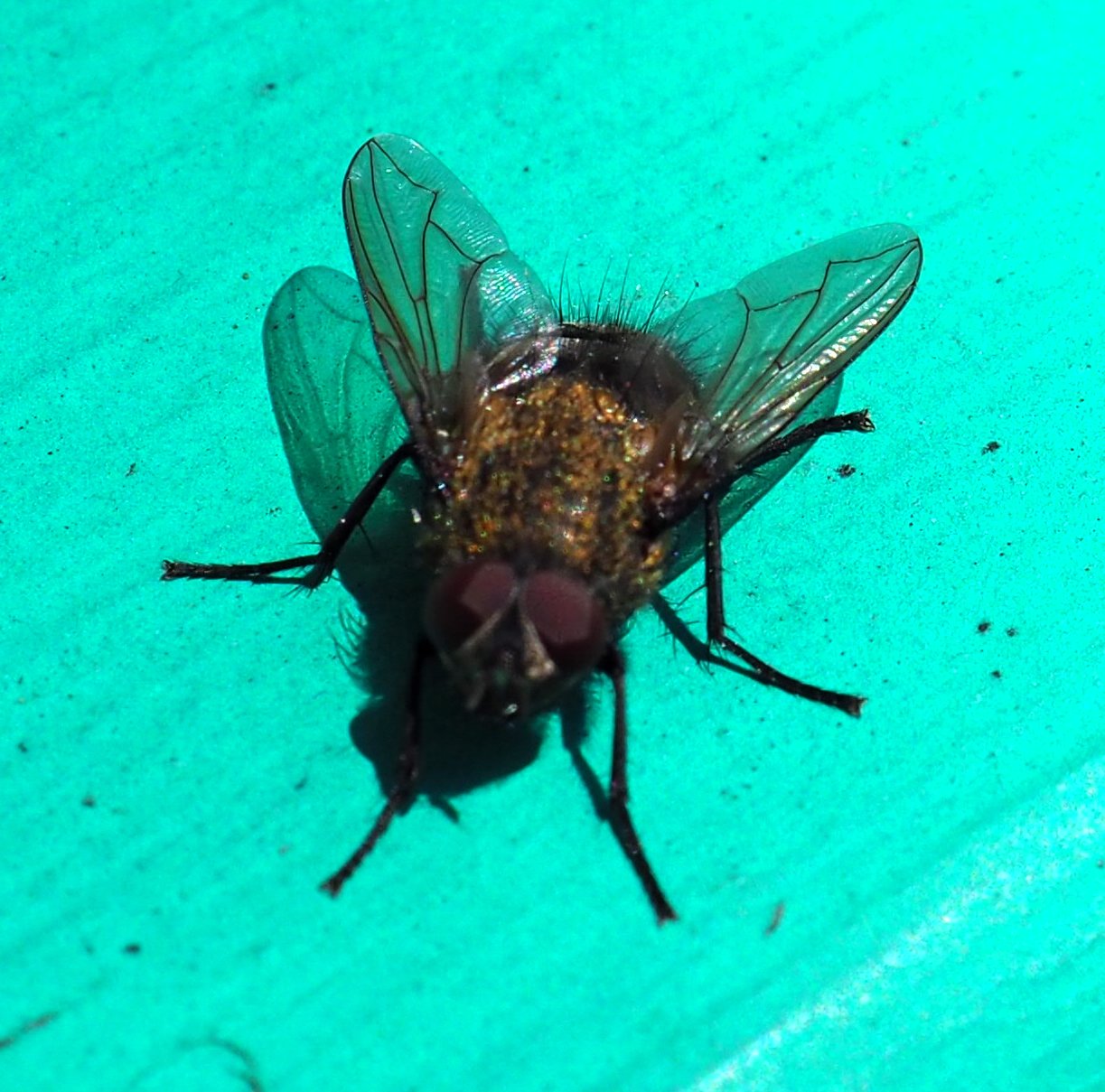
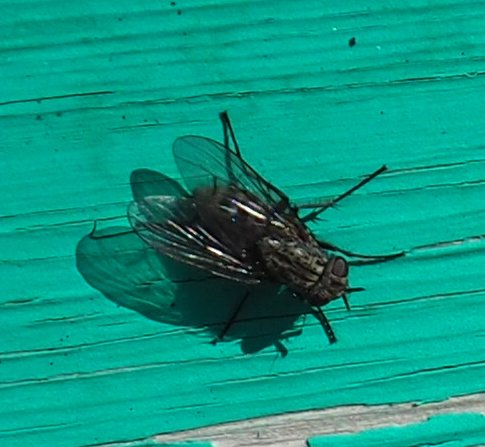
I didn't see hide nor hair of Froggy this week. I've been running the aerator for the pond and dredging up the old dead leaves from the bottom and pouring in Pond Perfect, which is supposed to kill string algae as well as floating algae. The clarity is getting better and I can now see quite a few of the 2-year-old fishes. Here are two pictures of the pond, showing the lily leaves rising up to the top. These red leaves belong to the magenta lilies. Can't wait! Another sign that things aren't so bad as they could have been - the top of the rhododendron (what was not protected by the snow cover) has a bud that seems to have survived. We'll keep an eye on that!


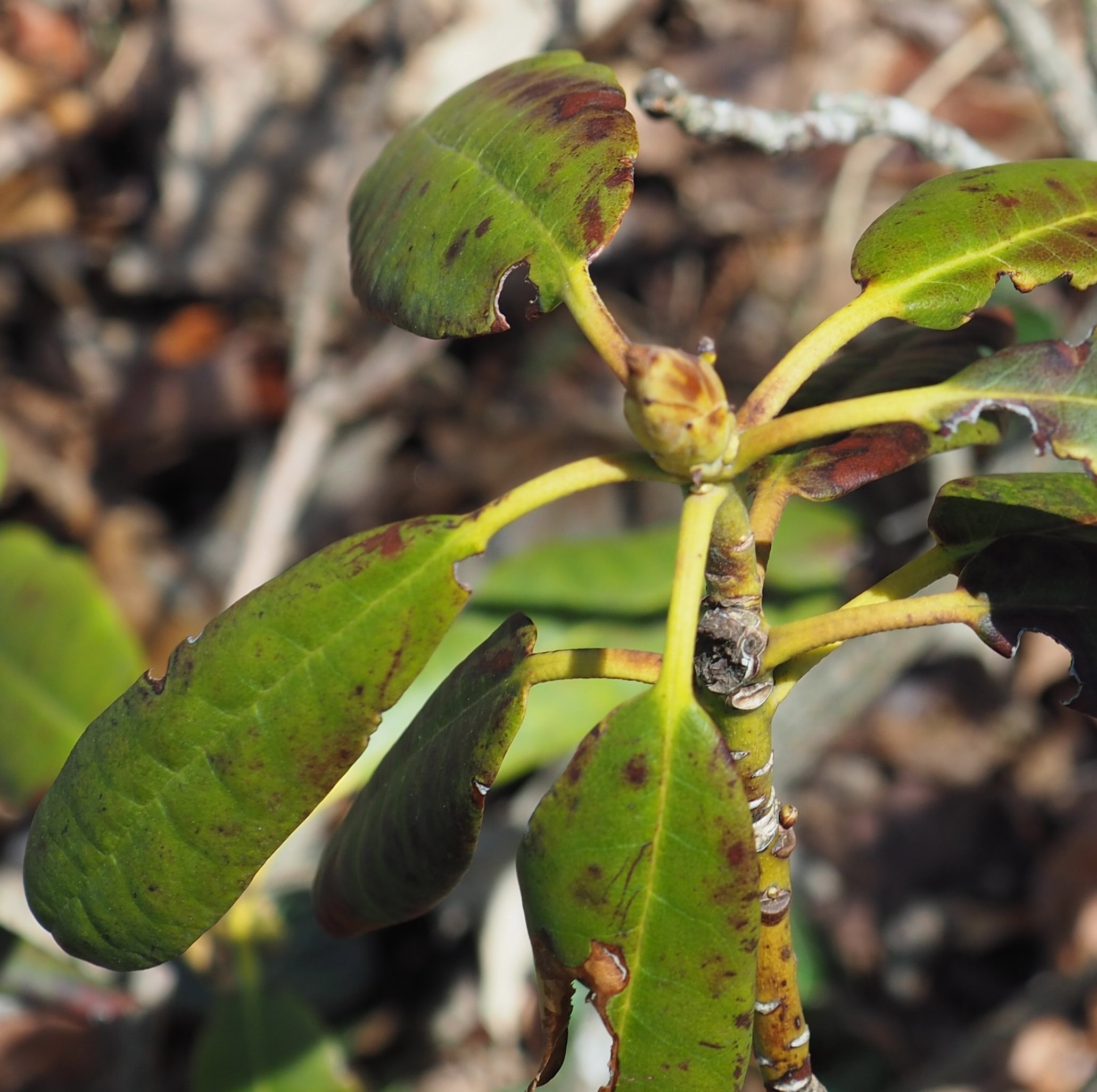
Another sign that spring is still slowly recovering: Most of last year's primroses are up and putting out nice clean green leaves, and one or two of them have tiny buds. Here's a red one. The scylla around the bottom of the maple tree out front are filling in healthily. The white hellebore has started down from its peak.
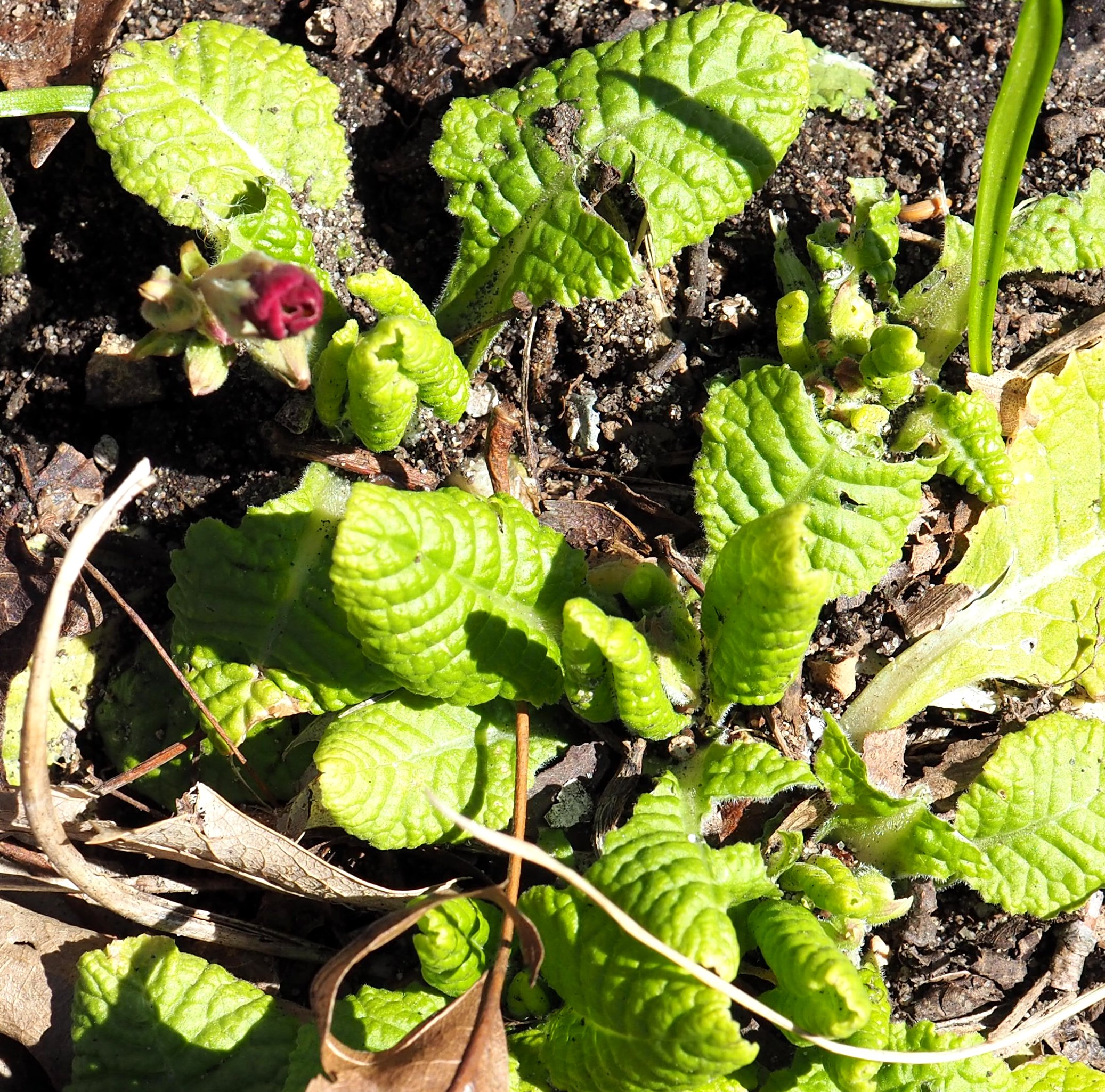
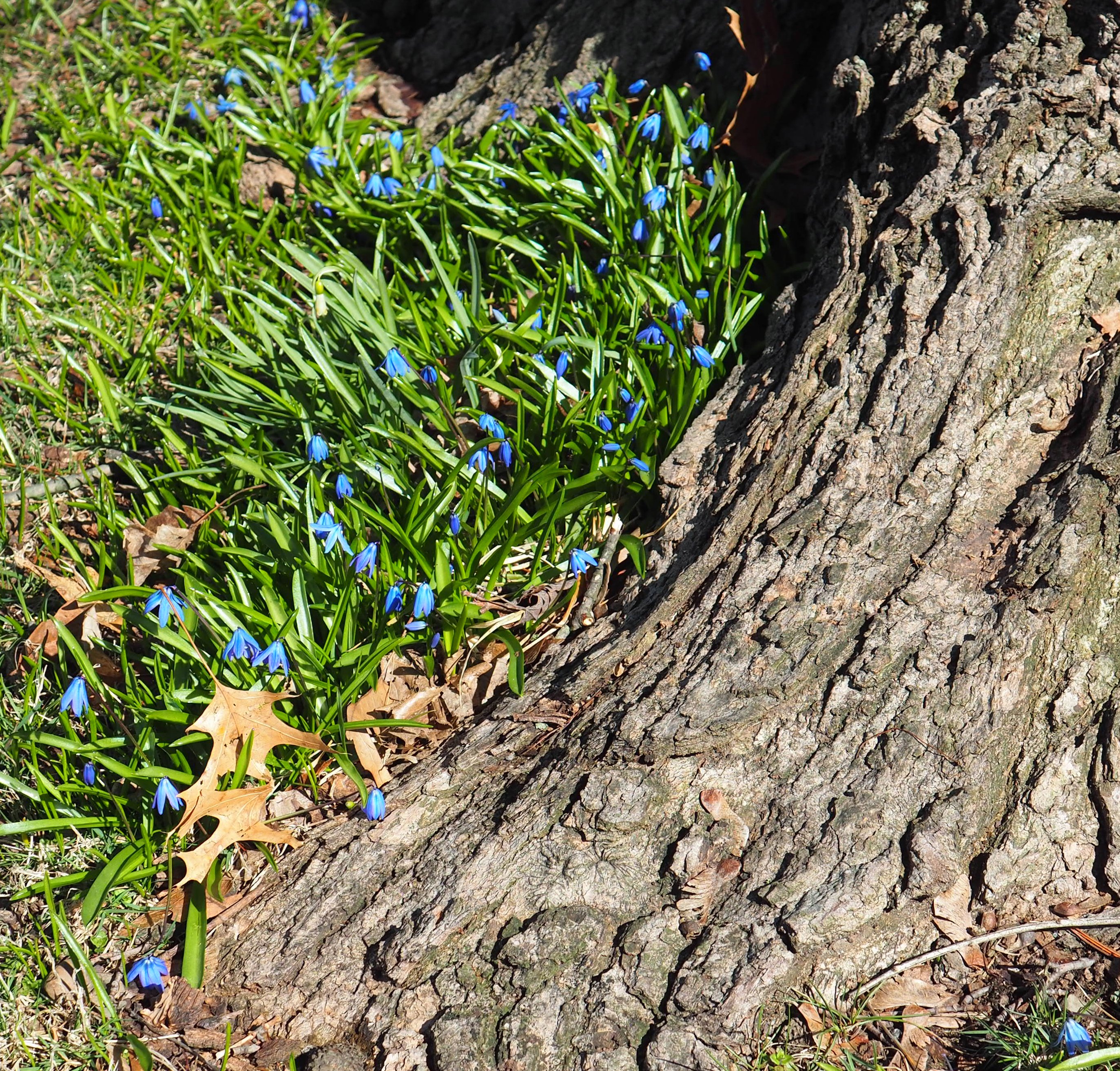
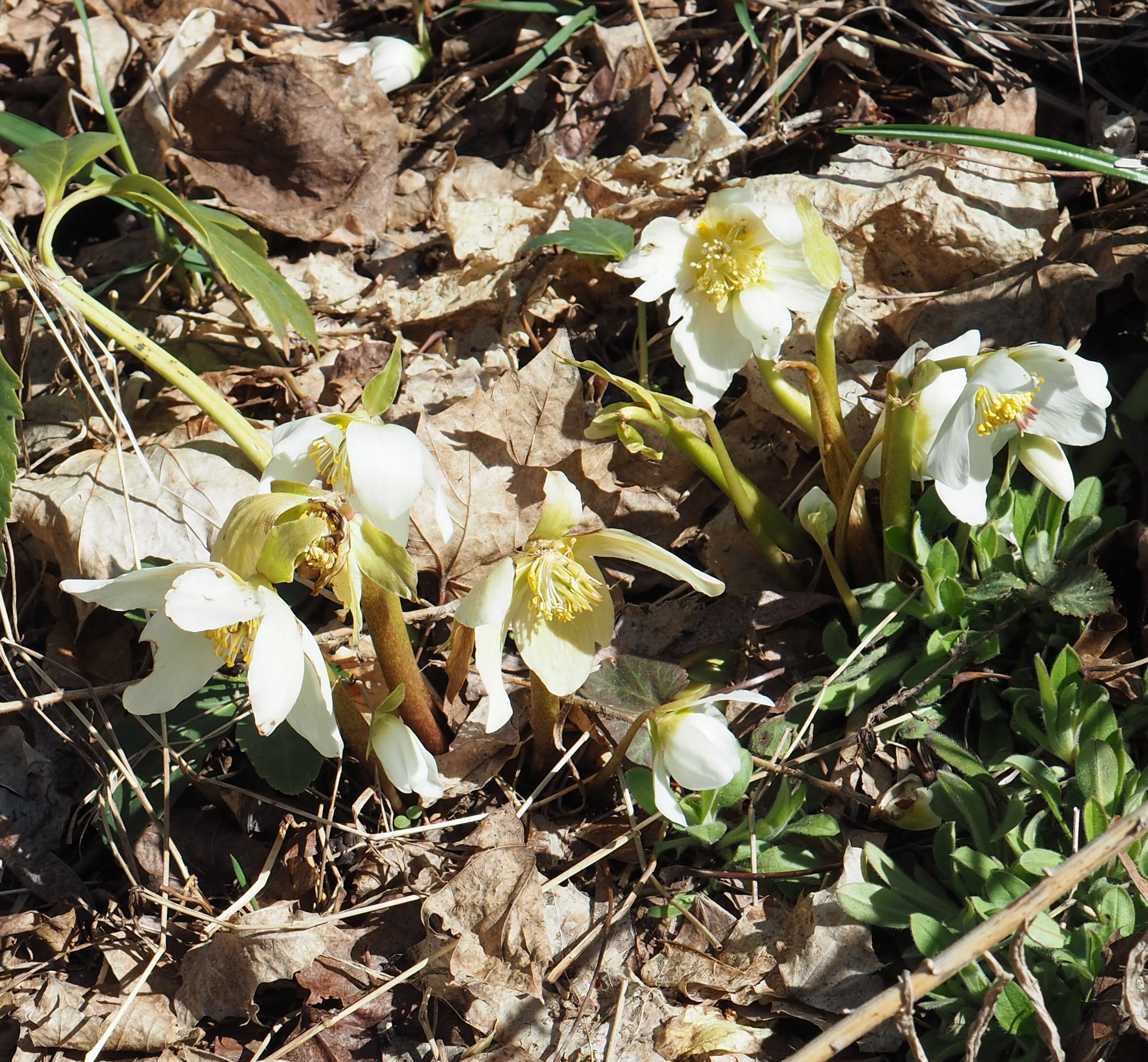
The lacewings are back. Now this one doesn't match the color of that little tiny orange larva that we saw a small while ago. But that seemed to be a trick of the light. They aren't orange, but they certainly fall into the "brown" category.
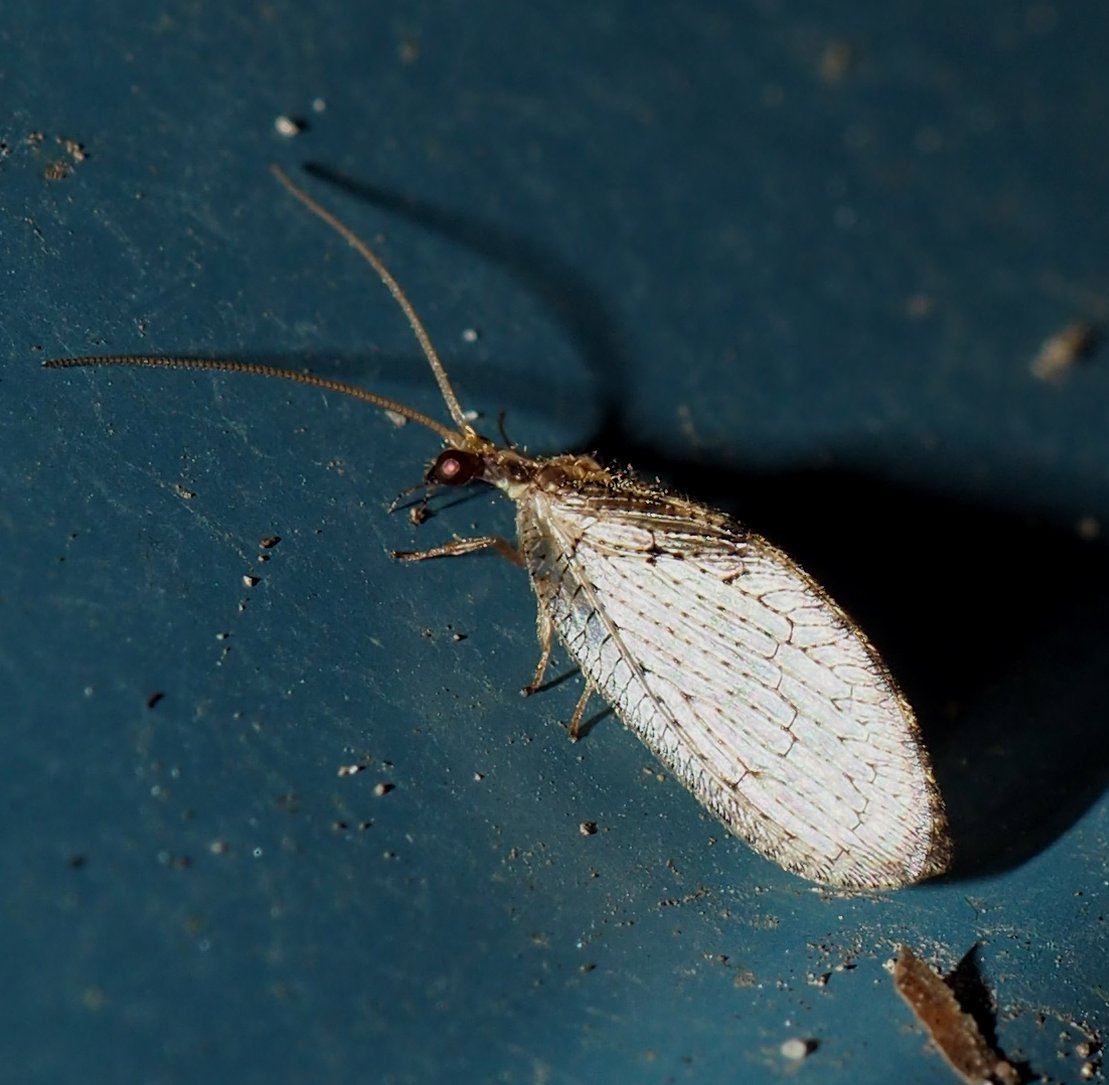
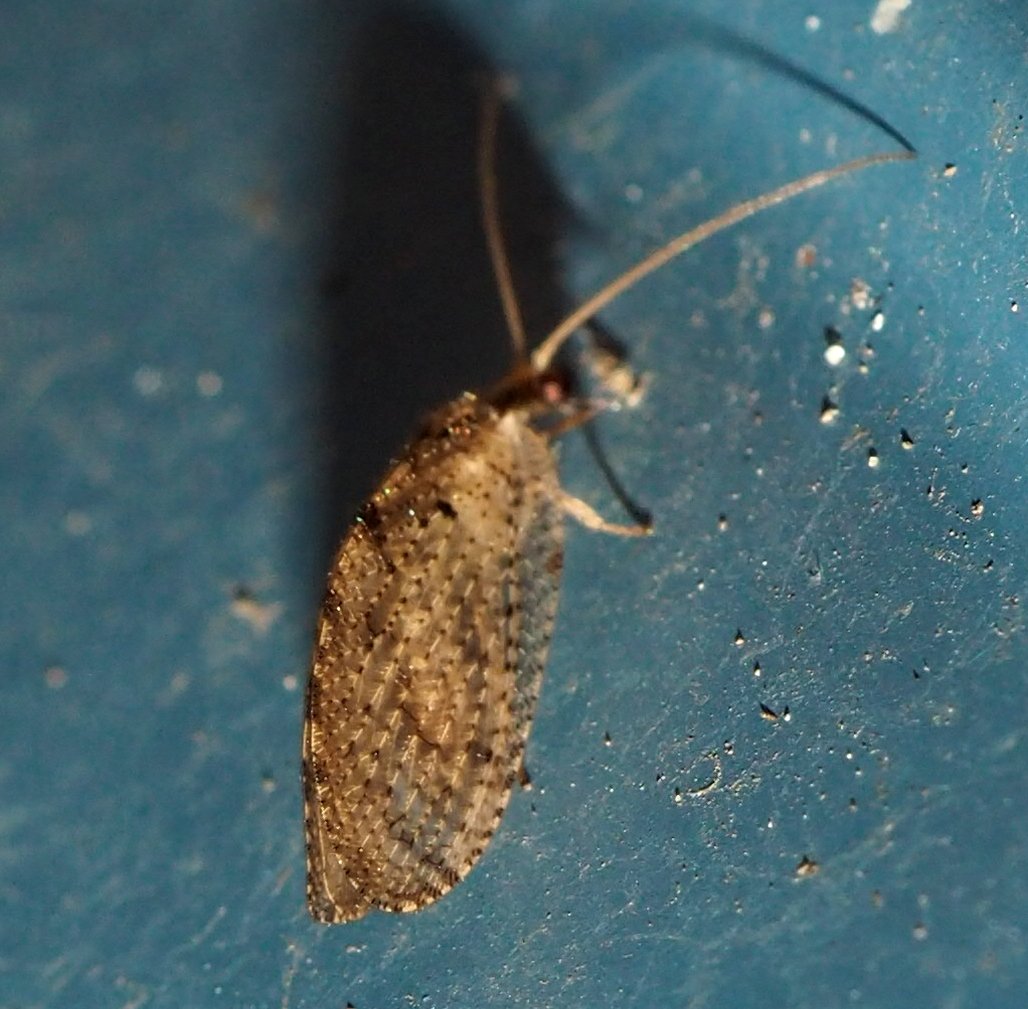

Here are some of the major mystery things to be found on the wall or on the ground. In, for example, the middle picture, there seem to be so many tiny parts that want to form into bigger things that we can put a name to. Not yet, for me at least. But I won't throw these pictures into the scrap heap. In the third image, don't those small "things" on the ground look like tiny bugs?
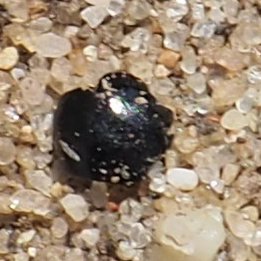

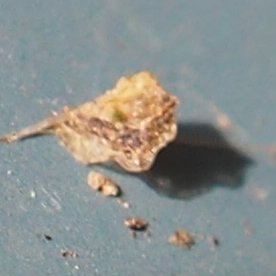
Spider lovers, don't despair! We had some wonderful spiders. Most of the ones other than the ground crab spiders are only about a mm across or long. An exception is one that seems to be related to the cobweb weavers. The first one is such a one. I can recognize it now (rightly or wrongly) by the yellowish markings on its abdomen. This tiny black and white one (two images) must be a close relation.
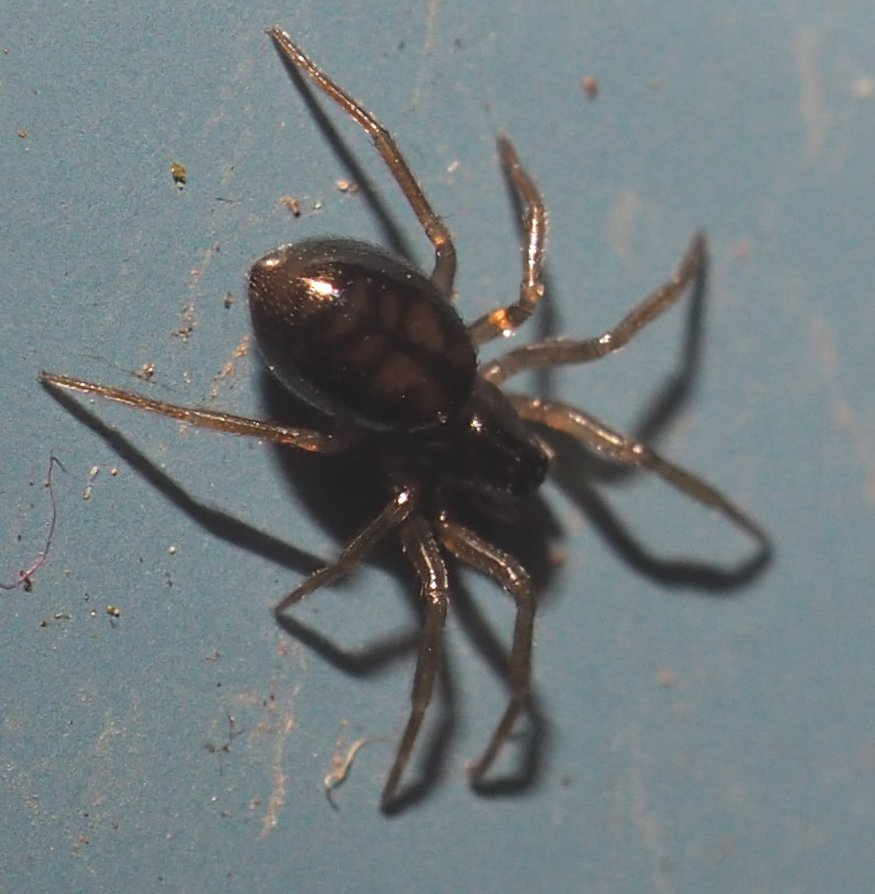
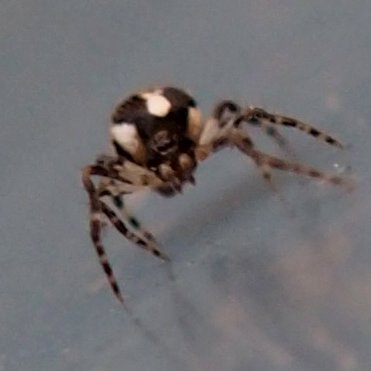
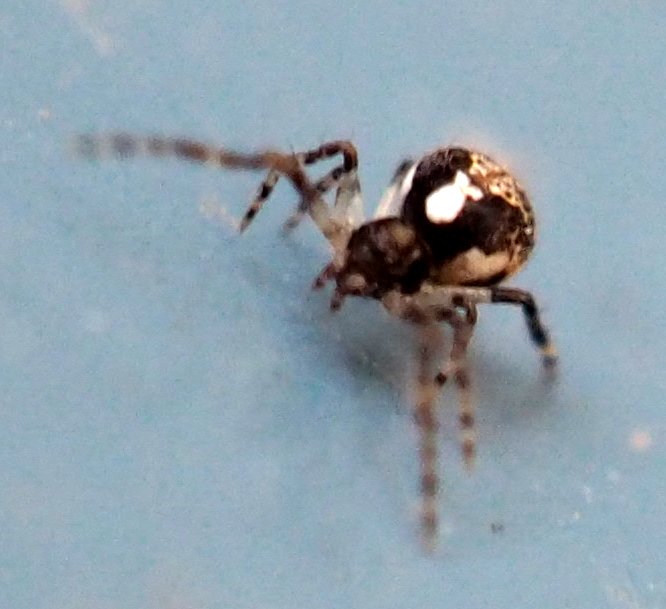
Here, if you can believe it, is a tiny baby (1 mm) Orchard Orbweaver. It will turn out to be one of the most lovely garden spiders you can hope for. Second is another shot of a baby. If you see that strange pink patch on its backside, that's the proof that your spider is also an Orchard Orbweaver (Lecauge venusta). Third is an adult from 2015.
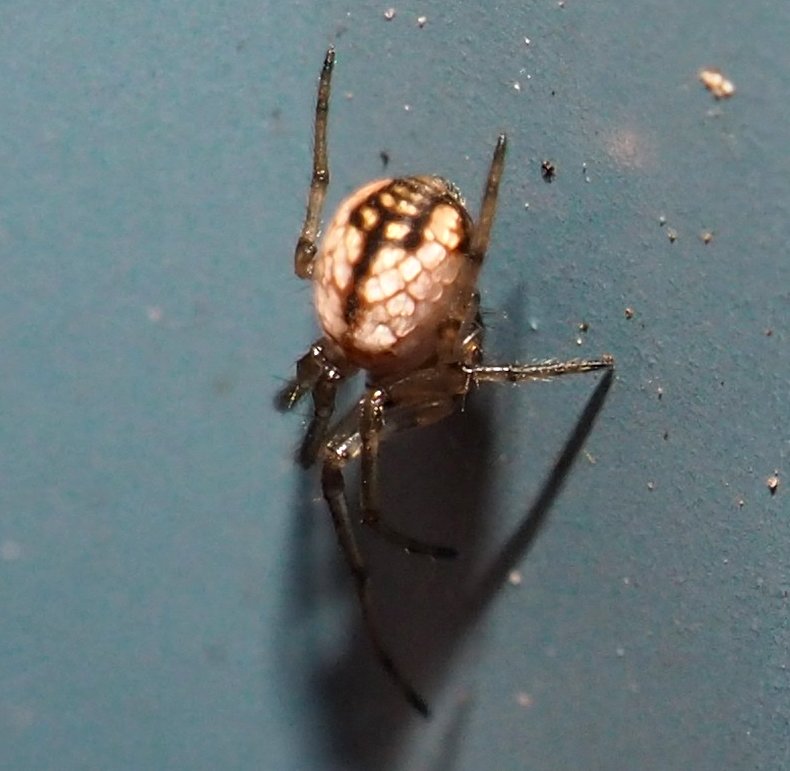
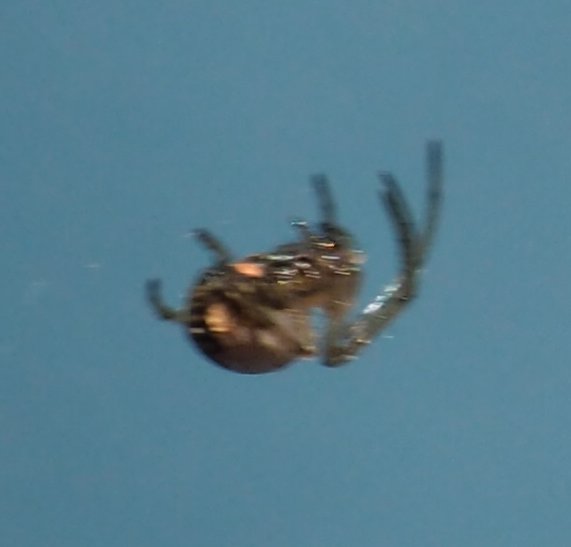

Do you remember the big angry-looking pirate spider from last week? Don't worry, me either. Here it is making a cameo entrance. I seem to recall it is Mimetus puritanus. (I'm looking here at what seems to be its pallid smile, considering the abdominal markings as a human face. If that is so, then I think these others must be one of the other members of the Mimetus genus. Oh, look. How did this critter from the power box get back here in the alphabetical order? Well, "pirate" does come before "tiny". That must be it..
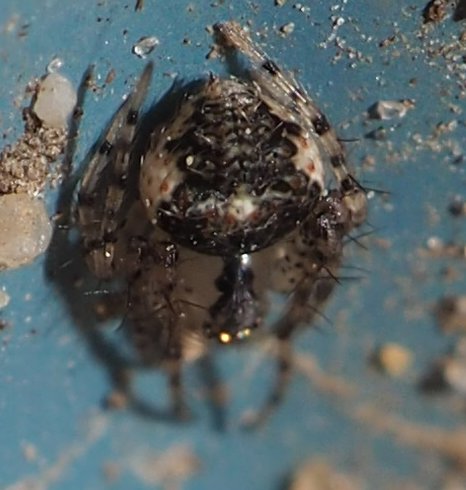
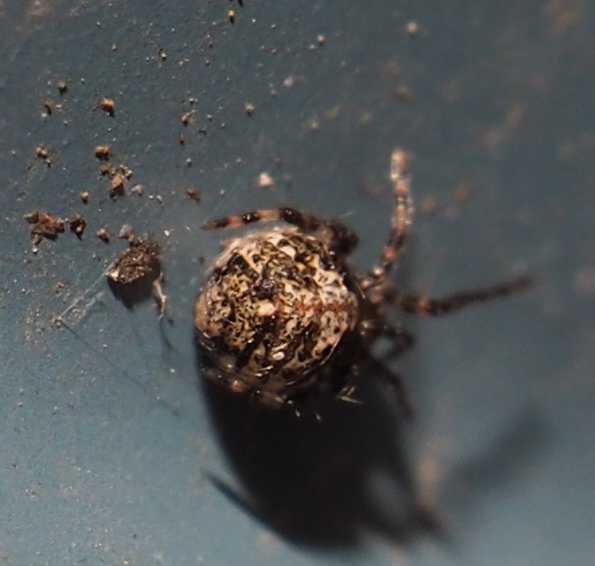
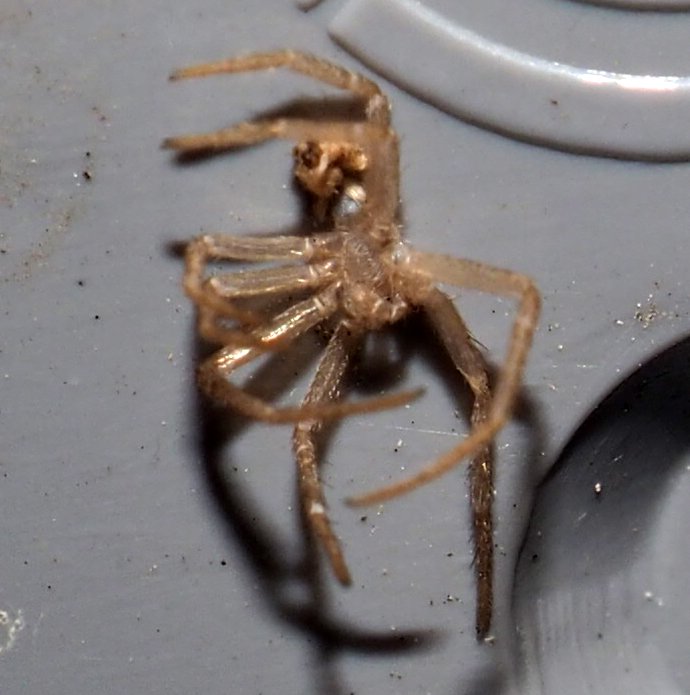
I have got to tell you, I have been saving the purple hellebore for now. Mostly because it took its own sweet time to get started. But now you can see how lovely its giant purple-pink blossoms are in the evening sun.
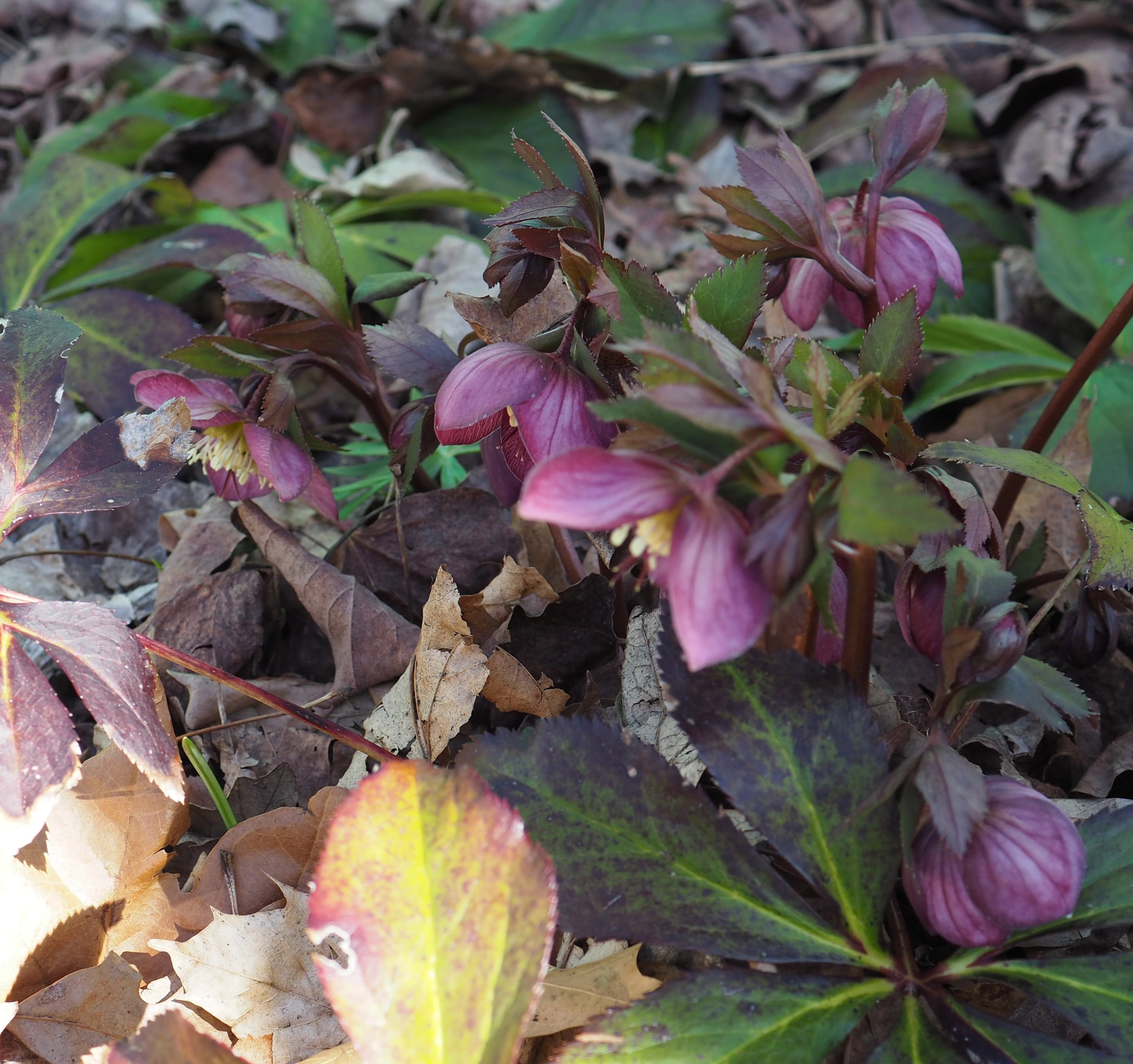
Love, Martha
Back to April 15, 2018
Forward to April 29, 2018
Back to main menu
copyright Martha O'Kennon 2018











 and two tiny males 4 10 17 3.jpg)


















































